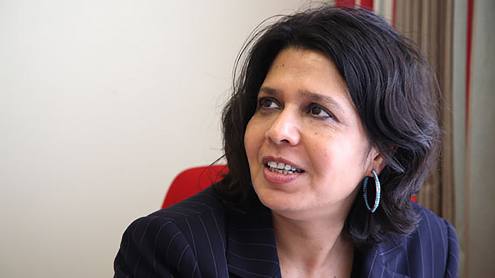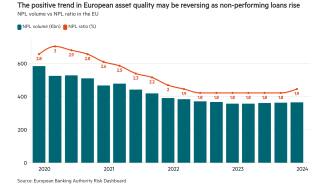Surprisingly, everyone thinks that mobile technology is the hot topic of the day, which it is. But it won’t be in the future. Very rapidly, the device-focused dialogue will move on to the ‘Internet of Everything’ as everyday objects in the home and office get ‘Intel inside’, as the slogan goes.
This will be a major disruption on the technology landscape. Here are the facts, according to network equipment provider Cisco:
- The volume of internet traffic doubles every 18 months and is currently at about two zetabytes, which is a million billion gigabytes, most of which is video.
- The size of the internet doubles every 5.32 years.
- By 2020, there will be 50 billion devices connected to the internet, compared with 17 billion today.
- By 2020, there will be 6.58 devices per person using the internet, compared with 2.5 today.
- Nanotechnology is already here, with computers and cameras at sub-1mm sizes.
- More than 100,000 telephone masts are being built every year.
- The number of Wi-Fi units delivered has quadrupled in the past five years.
- Under the new internet protocol IPv6, everyone on the planet can have up to 52 million billion web addresses.
Internet explosion
These facts all point to the potential of the Internet of Everything. Now, fridges can be internet-enabled, identifying when stocks run low and ordering more. Even light bulbs have Intel inside. This year’s Consumer Electronics Show in Las Vegas saw the launch of a light bulb with built-in Bluetooth speaker that allows a user to have music around their house wirelessly through the light bulbs.
With the Internet of Everything, temperature switches, coffee machines, cars, clocks and more can be controlled remotely. And it is not just dumb networked machines but intelligence through software. For example, temperature gauges can maintain a constant indoor environment based on the weather outside. That’s not a temperature switch based on a timer, but one that automatically monitors all indoor and outdoor temperature changes and adjusts room radiators accordingly.
What does this have to do with banking?
Banks have little to do with physical space anymore; it has all been digitised. If everything is digitised, then any new technology has the potential to disrupt banking.
This means that mobile will continue to change things but it goes further than that. Mobile technologies allow people to socialise with anyone on the planet. Add to that the idea that cloud computing allows companies and government agencies to sift through the massive amounts of data that the mobile social world is creating and you will see new markets and new business models emerging.
This technological ‘perfect storm’ will continue to disrupt the banking markets, as financial institutions adopt and incorporate the mobile social world into their core offerings. In fact, it will change banking fundamentally as personal financial management becomes predictive financial management, with alerts and offers relevant to each customer's lifestyle.
Imagine an alert appearing as you walk past a television shop: “Buy this TV now and ABC Bank can give you a good deal on a loan.” The alert appears because you Googled that TV last night and found a good deal on Amazon, which has a deal with ABC Bank to give you incentives to visit. ABC Bank has a data agreement with Google and all this analytical capability is tied together through the cloud.
That’s pretty much what Google Wallet does today but it is going to get into a real frenzy as banks and their partners start to digest these capabilities. And just as they do, we will see real disruptions occurring as banks rollout new services. For example, I remember a bank talking about using branch windows to broadcast personalised advertisements a few years ago and that additional layer of personalisation is what the Internet of Everything will bring.
Forget about getting a text alert or in-app advertisement for the TV in the store; I don’t need a TV anymore. That’s old technology. Instead, my internet-enabled viewing system auto records any programme that is associated with my preferences and presents it to me on a menu system when I get home. That is what happens today, except that I have to set up the pre-record. By the end of this year, preference-based recording by a bot (web robot) will be the order of the day. The bot will learn my tastes and preferences and will automatically configure itself to suit my style. I can’t wait.
How will that disrupt banking? The proliferation of so many capabilities from printing my viewing system at home from my desktop, to renting movies for 50 cents via an automated bot, will see financial transactions potentially occurring every moment of the day. I will be perspiring dollars and cents without noticing as payments are made wirelessly through chip-enabled devices.
The intelligent, smart world of the Internet of Everything will have billions of tiny transactions taking place every nanosecond. Those billions of transactions will need aggregating, accounting, clearing and settling. So, we now have gazillions of transactions to monitor and deal with, rather than a few transactions per hour or minute as before.
Just as stock markets have seen trades explode through automated systems, banks will see transactions explode through wireless systems as consumers and corporations adopt the Internet of Everything. That’s what excites me the most for banking technology disruption in the next few months and years.











